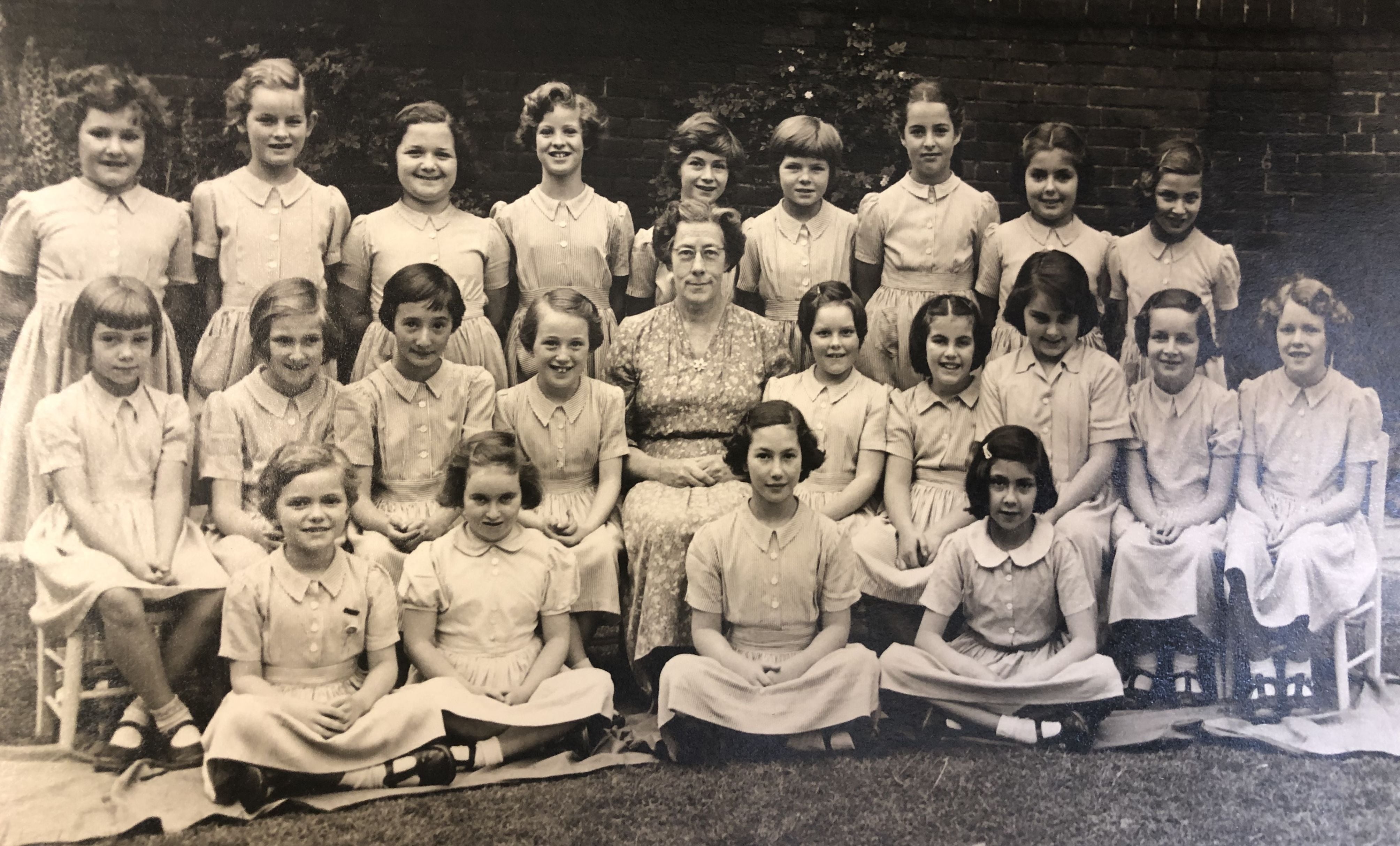St Christopher’s School has had a range of incarnations, but throughout has provided a nurturing education in Hampstead, with a distinct emphasis on creativity.
- 1883
School opens with a small class begun by an enthusiastic educationalist, Miss Roberts, based in her father’s drawing room. This developed rapidly into a preparatory school known as the Hampstead Kindergarten and School at 13 Carlingford Road under the leadership of Miss Amy Pridham, who was soon joined by a partner, Miss E G Wells. The education offered espoused the principles of Froebel and Pestalozzi
- 1898
School moves to 16 Hampstead Hill Gardens
- 1905
School has 35 junior boys and girls
- 1909
Miss Pridham retires
- 1912
Miss Wells retires; new head is Miss Violet Wright and moves to 20 Hampstead Hill Gardens
- 1919
Miss Wright took over two local schools, Tremarth and Ruskin House and it was at this point that the school was named St Christopher’s . It was also in that year that 32 Belsize Lane became available; a lady called Miss Mole had run a Nursery Training College there for “the training of gentlewomen”. Miss Wright applied for a lease to the freeholders, the Church Commissioners. She was not initially successful, so made a direct appeal to the bishop of London who intervened and obtained a reversal of the Commissioners’ decision. By this point the school had 112 girls and boys.
- 1924
School was recognised and Miss Wright also opened a school of domestic science at 2 Rosslyn Hill with accommodation for 8-9 boarders.
- 1937
Miss Wright extended the gym to its present length and obtained the lease of 20 Lyndhurst Gardens, which became the Junior School.
- 1950
Miss Wright retired and Miss Bell and Miss Manning bought the school from her. It had 19 pupils under 5, 122 aged 5 to 10, and 7 aged 11 to 15 in 1951, and later had c180 until the early 1970s. Principally a girls’ preparatory school, taking a few school boys, it encouraged parents to send their daughters to day, rather than boarding, schools. The arts, especially music, were emphasised.
- 1972
Miss Manning retired and a parent, David Cohen, bought the property through his family trust and leased it to a board of governors.
- 1974
The school had 164 girls aged 4 to 12
- 1983
A new block was opened containing 3 classrooms and 2 music rooms. By this point the school had 215 girls aged 5 to 11.
